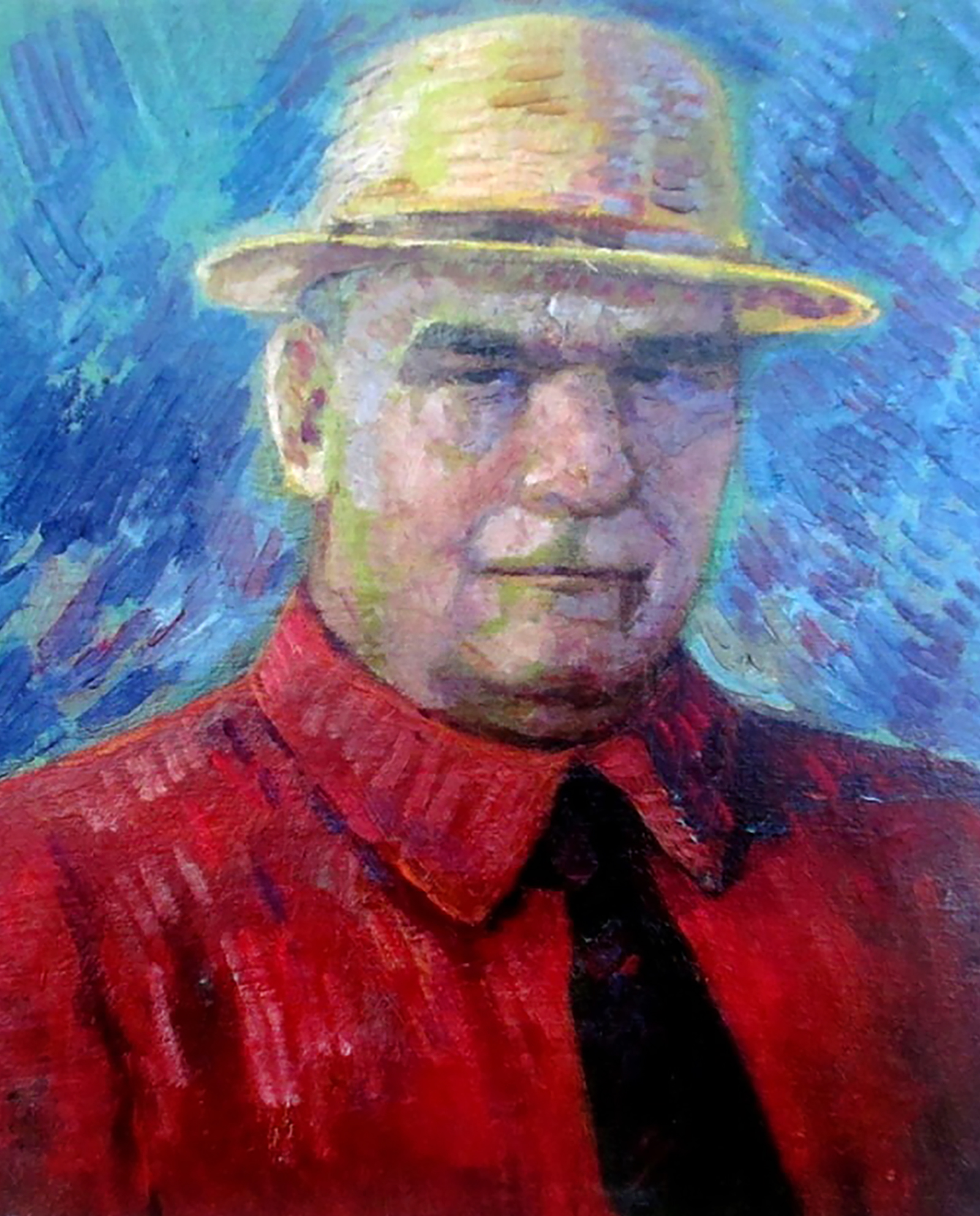- Home
- Gerus Boris - an outstanding master of painting
Gerus Boris - an outstanding master of painting

Biography of Gerus Boris: Guardian of the Odesa school of painting traditions
Gerus Boris (1905–1998) was a distinguished Ukrainian painter and a member of the USSR Union of Artists. A representative of the older generation of the Odesa School of Painting, he is renowned as a master of landscapes, still lifes, and thematic paintings, whose work was infused with deep realism and a strong connection to the traditions of Southern Ukrainian artists.
Life and Education
Gerus Boris was born on July 24, 1905, in the village of Petrovyrivka (now in Berezivka Raion, Odesa Oblast). His artistic education began in 1930 when he enrolled in the Odesa Art College named after Mitrofan Grekov, where he studied under celebrated masters like Pavlo Volokydin and Teofil Fraerman. Boris Stepanovich's graduation piece, "Grape Harvest," showcased his early talent and skill.
The artist's life was inextricably linked with historical events. He was a participant in World War II, fighting in artillery units and earning accolades, including the Order of the Patriotic War, 2nd Class, and medals such as "For Combat Merit," "For the Defense of Odesa," and "For the Defense of the Caucasus."
Creative work and leadership
After the war, for 15 years (from 1949 to 1961), Gerus Boris headed the Odesa Art Gallery (now the Odesa Museum of Western and Eastern Art), playing a crucial role in preserving and developing the region's cultural heritage. He was not only a curator but also a torchbearer of the traditions of the Society of Ukrainian Artists, working alongside distinguished colleagues such as Mykola Shelyuto, Volodymyr Synytsky, Hryhoriy Shpolyansky, and Mykola Pavliuk.
In his art, Gerus Boris placed particular emphasis on easel painting. His works, whether landscapes, still lifes, or thematic paintings, were characterized by deep realism and meticulous attention to detail. Among his notable works are: "Gray Day" (1937), "After a Hot Day" (1954), "Vineyards" (1963), "Steppe Expanses" (1967), "Native Land" (1965), "Golden Season" (1969), "Field" (1974), and "Wheat Field" (1976). In the 1960s, his artistry was influenced by his friendship with the renowned artist Albin Havdzinsky. Tragically, towards the end of his life, Boris Stepanovich lost his sight, which compelled him to cease painting, leaving behind many unfinished works.
Exhibition activity and legacy
Gerus Boris actively participated in art exhibitions starting in 1937, including republican, all-Union (from 1965), and international (from 1966) shows. His first solo exhibition took place in Odesa in 1950.
Gerus Boris's works are held in the collections of leading museums, such as the National Art Museum of Ukraine in Kyiv, the Odesa Museum of Local History, as well as other regional museums in Ukraine and numerous private collections worldwide. He passed away on March 4, 1998, in Odesa, leaving behind a rich artistic legacy that continues to inspire art enthusiasts.
- 30
- 60
- 90








